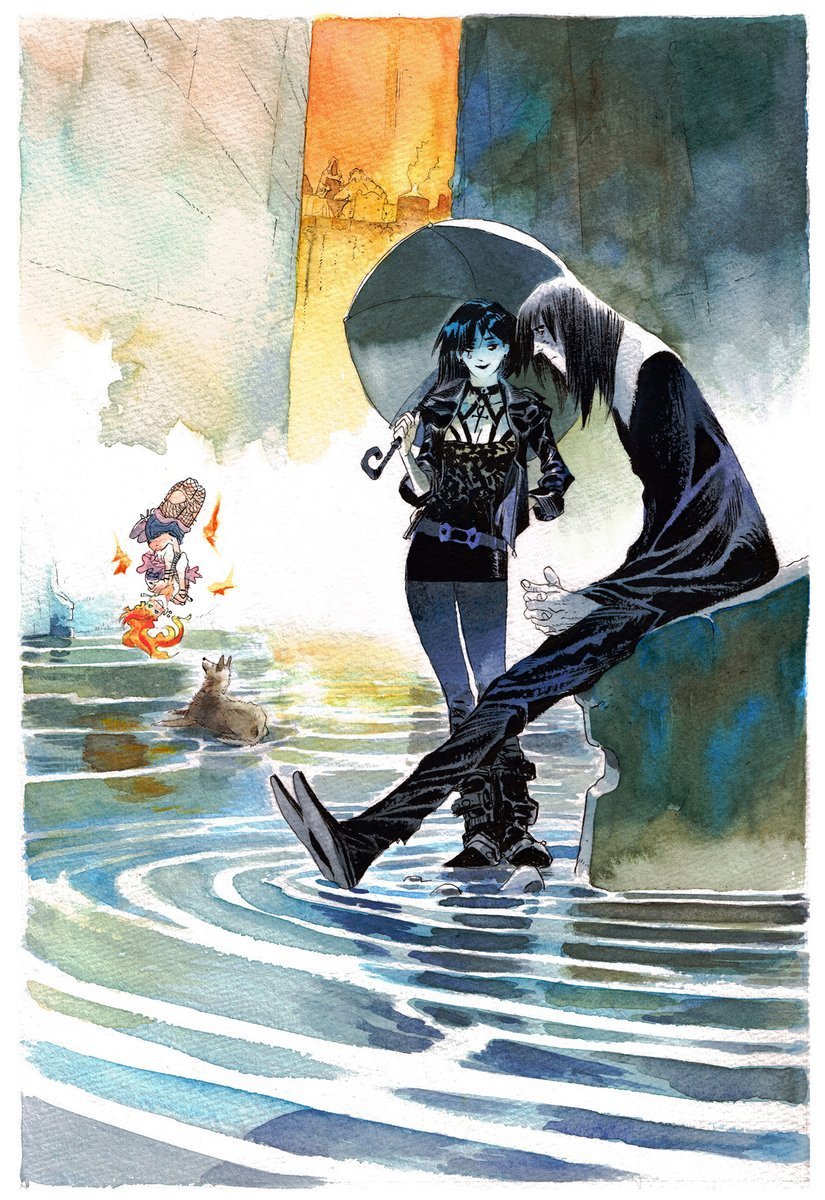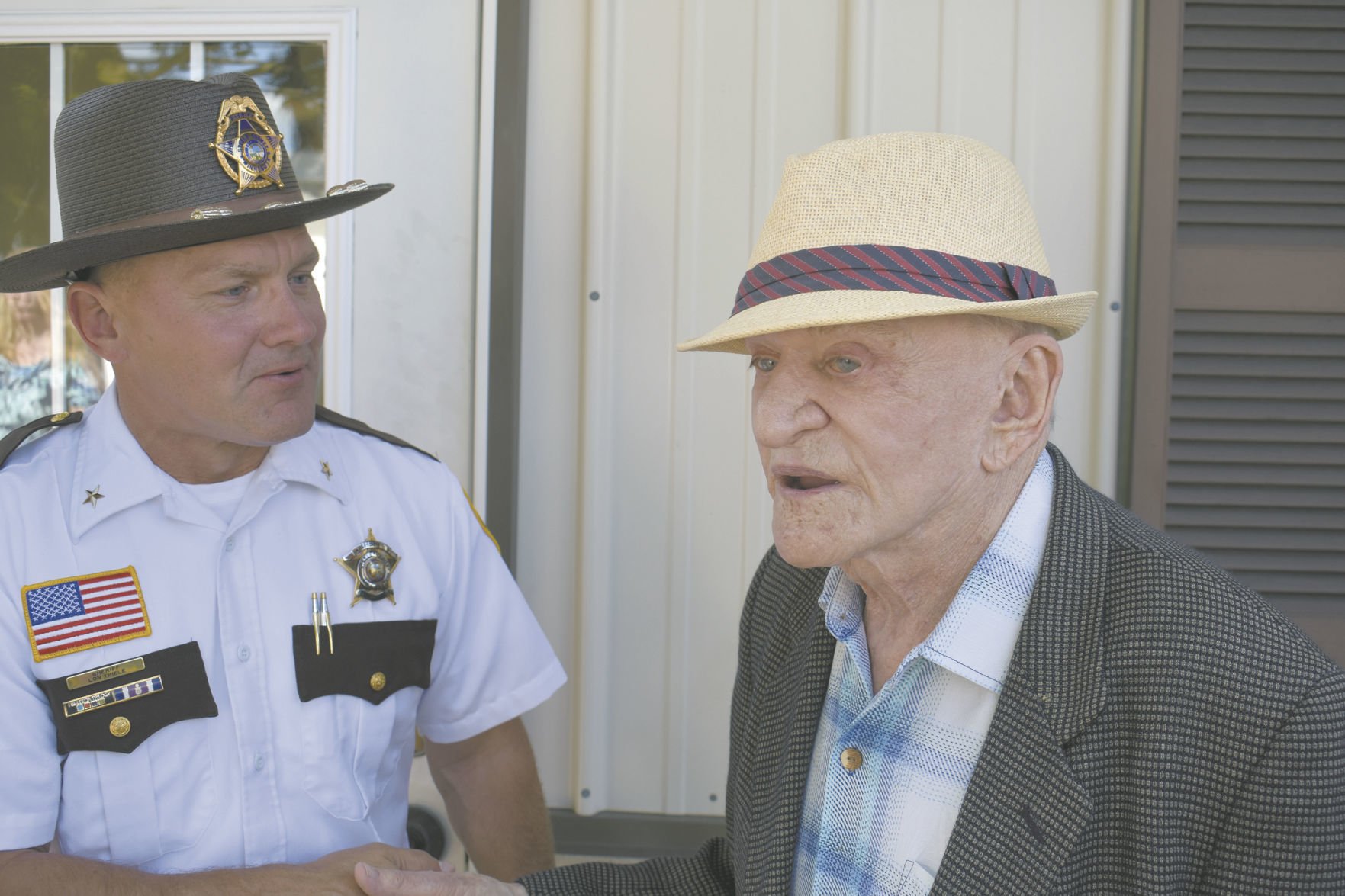
Not so far mentioned is the most likely progenitor of the type of story seen in Hitchcock’s film. In all three, the avian world wreaks terror and mayhem on the human, Giono’s novel merely compounding its effect by being set in 19 th-century Provence during a cholera epidemic. Three separate works were cited against him (7): a short story by Philip MacDonald, “Our Feathered Friends” (1931) a forgotten (indeed obscure) novel by Englishman Frank Baker, The Birds (1936) and a novel by Jean Giono, Le Hussard sur le toit ( The Horseman on the Roof, 1951).

Second, no sooner had The Birds appeared, early in 1963, than its director found himself facing threats of possible lawsuits for plagiarism.

(6) Both those books depict, inter alia, murderous attacks by animals and birds on people. Wells, The Food of the Gods (1904), and a novel by Frederic Brown, The Mind Thing (1961).

First, before Alfred Hitchcock decided to base a film on Daphne du Maurier’s short story, “The Birds” (1952), he considered as possible projects both a novel by H. Two items need to be noted straight away. – Frank Baker, The Birds (1936) (5) Introductory Suddenly I realized that the metempsychosis which touched and threatened the whole race of man no longer had the power to assault me. Had I not seen, my Demon would have destroyed me. Then, Anna, I burst out of that dead world, lost my control, and ran blindly and wildly įor in one dreadful second, which seemed like all eternity, I saw in my Demon my own face all that was me, all that had shrivelled to waste in me. Something touched my hair and whistled past me. – Camille Paglia, interviewed about The Birds (4) He sees the tragic dimension and the horrors of life, as in Psycho, but he also sees the comedy. wonderful thing about Hitchcock is his double vision. “Very early, I was immensely struck by the Symbolists. I would suggest that all of these readings are allowed, perhaps even encouraged, by how Hitchcock has shot his film and that the final emphasis of the film is on a subjective solution by the individual viewer in which human love will probably be crucial. Does Melanie by the end of the attic scene, or shortly afterwards, attain self-knowledge (with a precedent in the 1936 novel by Frank Baker called The Birds)? Or is the scene essentially one of her dreaming, and perhaps still being subject to delusion (however that is defined), with an obvious visual precedent in Francesco Goya’s etching, “The Sleep of Reason Produces Monsters”? Or is the scene simply a sexual allegory, and for Melanie a virtual nightmare, perhaps inspired by Henry Fuseli’s painting, “The Nightmare”? But let me just indicate some questions I feel the scene raises. Below, I give an account to the best of my ability of what happens there. (2) This bears on the attic climax of The Birds. The fact that The Birds also has its own rowing scene on a lake, and its own “universal” story of a man and a woman, in which Melanie Daniels (Tippi Hedren) must be transformed from The City Woman into potentially The Wife, are further indications of what I think Hitchcock wanted: to create “pure cinema” of a cosmopolitan, Murnauesque kind.Īlso, I have lately been discussing with Buddhist friends the nature of Hitchcock’s cinema, and becoming more aware of the extreme openness of those films to final interpretation. Here, unmistakably, is the blueprint for Hitchcock’s sequence in which Lydia Brenner (Jessica Tandy) drives her turquoise truck at leisurely speed to the Fawcett farm but, shocked at finding Dan Fawcett pecked to death, frantically drives back home. But when eventually he starts to carry out his murderous intention and then, shocked, tells The Wife that he shan’t harm her, the pace suddenly picks up and now The Man rows energetically for shore.

(1) In Murnau’s film, when The Man (George O’Brien) thinks to murder The Wife (Janet Gaynor) by drowning her, the pace of the sequence on the lake is at first lethargic: we watch The Man row listlessly, not talking. Probably two entire sequences in The Birds take their inspiration from Sunrise. Murnau’s Sunrise: A Song of Two Humans (1927), something that my account had not touched on. Recently, I noticed a specific indebtedness of The Birds to F. I’m aware that the account is still not exhaustive. Naturally, I have tried to focus the data intelligently and in an informed way, drawing on my knowledge of the director and his films, and of Hitchcock scholarship and criticism. It takes seven or eight literary texts and uses them to illuminate Hitchcock’s intentions “synoptically”. What follows is my attempt to present Alfred Hitchcock’s The Birds more accurately, or anyway more suggestively, than a purely theoretical reading could do.


 0 kommentar(er)
0 kommentar(er)
